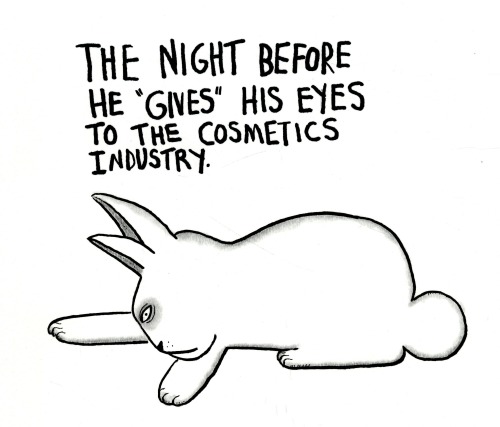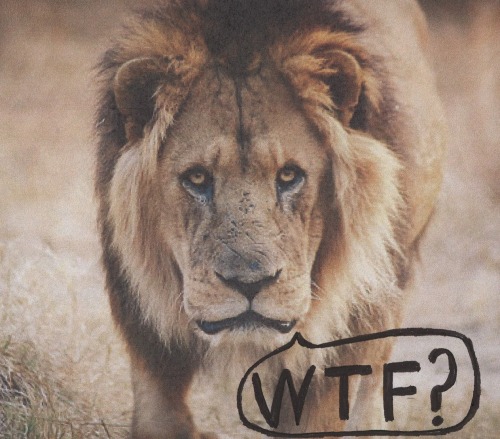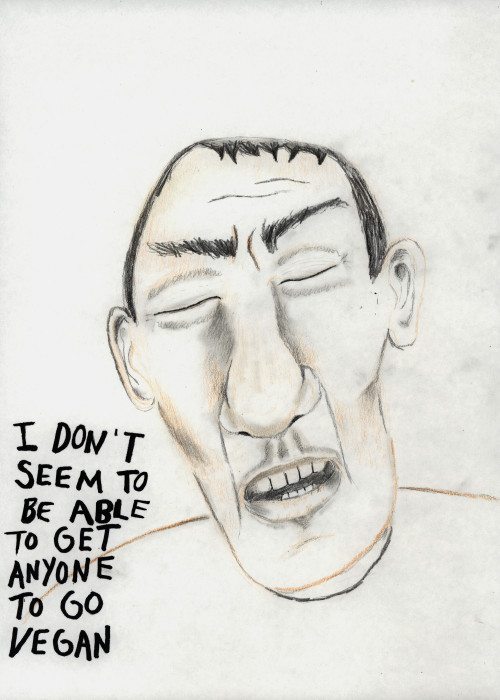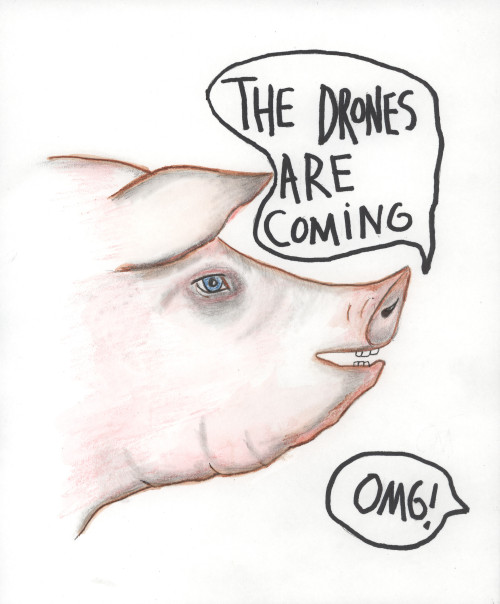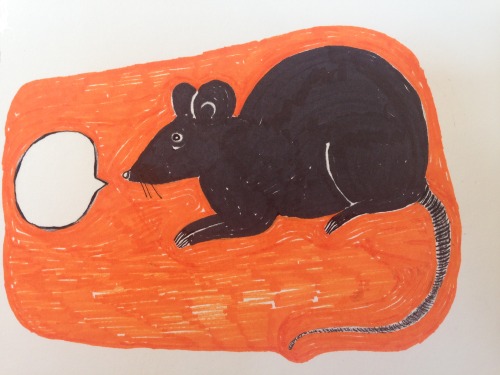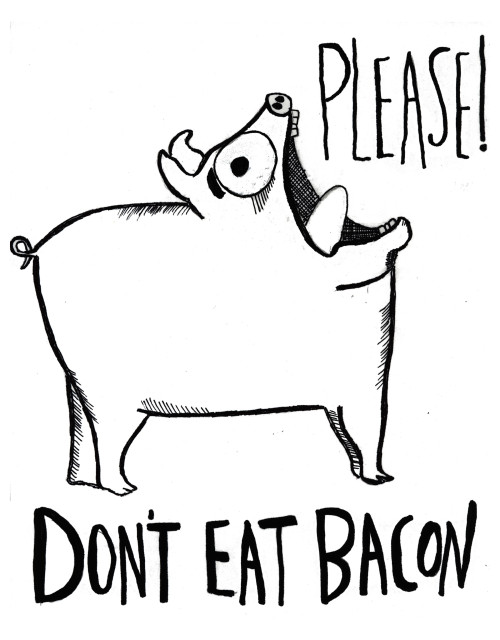
With so many vegans and vegetarians running around these days, a lot of meat eaters are feeling really isolated and alone. So Smithfield Farmland, a pork producer, has come up with an idea to benefit one of the most beleaguered but growing segments of the population: bacon eaters.
“Bacon has seen its status in pop culture continue to rise,” said marketer Erin Turley to the New York Times recently. “Yet, up to this point there has not been a community to gather and share the love.”
But now we have the “Farmland Bacon Club!”
Smithfield Farmland, the creator of the club, is one of several pig killing companies owned by Smithfield. Yeah, yeah, that was the company that was recently bought up by the Chinese.
Anybody can join the club for free; just go to the website, Farmland Bacon Club. But brace yourself for a whole lotta fun. Not only are there all sorts of bacon ads to look at, but bacon games to play, bacon T-shirts to buy, bacon contests to enter, bacon slogans to chuckle over and, the best, bacon videos to watch.
One bacon video was of the world’s first “bacon wedding,” where a slightly debauched looking bride carried a bouquet of bacon. Wearing a bacon tie, the groom looked to be her perfect match. The background music? Heavy metal, of course.
Wow!
“We definitely see this as a long-term way to add value to our customers’ lives in a really fun way,” said another one of the Smithfield corporate types quoted in the article.
I wonder how eating bacon and sucking up bacon advertising would “add value” to anyone’s life. Studies show that eating processed meat like bacon actually shortens people’s lives. Maybe the knowledge that you’re not going to live that long makes you enjoy more what you’ve got left. Or maybe the exuberant eating of bacon makes you forget the animal abuse and the pollution caused by the industry.
Or maybe… eating bacon and laughing at those whimpy vegan types, makes one feel more like a man. “The bacon-lover demographic traditionally skews male,” said another pork marketer who was yacking to the New York Times, adding that the Bacon Club website also “aimed at women.”
Nice words: “aimed at.”
It’s a big bacon tent, folks. Smithfield not only invites women to join the club and spend money on bacon they even welcome vegetarians’ spending power! One such vegetarian, “Marla H.” was dubbed the June member of the month and crowned with the title of “vegbaconterian.” It was explained that Marla “revealed (on the website) that she’s a vegetarian who makes an exception for bacon. If that’s not love for bacon, we don’t know what is!”
Ok, I used to like to eat bacon, especially if it was kind of burnt. In a way, bacon is the perfect junk food: sweet, salty and greasy. It’s the kind of food that people get sort of addicted to, so addicted they start putting it in everything: chocolate, ice cream, peanut butter cookies. Or they start wrapping all sorts of food with bacon. County fairs sometimes sell bacon on a stick.
Maybe you’re thinking the Farmland Bacon Club is sort of like AA. That would definitely be a stretch.
“The Farmland brand is to pork what Tyson is to chicken,” said yet another suit talking to the Times. “We’re about every single piece of the pig.”
Except “the piece” that cries.
— A Vicious Vegan blog post —


